Individual fire authorities are responsible for creating appropriate strategies for their own area. With limited resources and many calls on those resources fire authorities have to make difficult decisions about how they allocate those resources. Sometimes those decisions can be controversial, response to fire alarms is sometimes a sensitive area.
The latest figures from Scotland show that in 2021-2022 there were 51,734 fire false alarms of which in 40,509 of these incidents the alarm had been raised by detecting apparatus. Not surprisingly this is a significant drain on fire authority resources.
In order to try to manage the demands some brigades will only attend an alert from a fire alarm if they receive a call from a legitimate source to confirm that there is a fire. The Scottish Fire and Rescue Service have announced that “From 1 July 2023, we will stop attending automatic fire alarm (AFA) call outs to commercial business and workplace premises, such as factories, offices, shops and leisure facilities – unless a fire has been confirmed.”
Control room operators will now be asking for confirmation of an actual fire or signs of fire such as smoke before sending a response. This change does not apply to sleeping premises, such as hospitals, care homes, hotels or domestic dwellings who will continue to get an emergency response.
If you are having an alarm installed you need to make sure that it is suitable for the premises, is properly maintained and you have procedures in place for when it goes off, including safe evacuation and means for a trained person to check the cause without putting themselves in danger.
Following on from this change the Fire Industry Association (FIA) have published guidance on the safe investigation of fire alarm signals. This includes developing suitable investigation procedures in a number of scenarios ranging from when the premises are occupied and a sufficient number of trained persons are present to investigating signals when no one is present in the building.
If you do have a false alarm you will need to take action to prevent it happening again, sometimes this can be as simple as moving the toaster to a different room or making sure doors are closed to prevent steam or dust triggering a detector.
If you have any questions or would like support with managing issues at your workplace, please speak to your usual contact or get in touch using the form below.
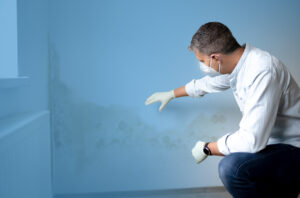
New rules for providers of social housing in England
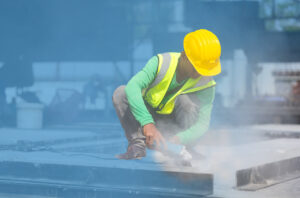
Small but mighty – working safely with nanomaterials
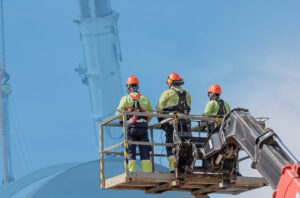
Do you have a MEWP rescue plan?
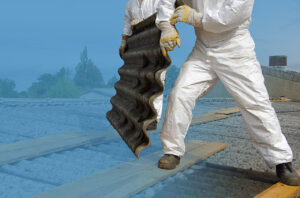
Changing the asbestos control regime
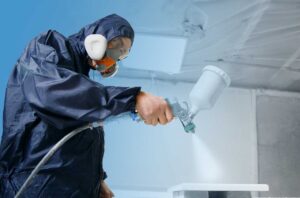
HSE Launch Motor Vehicle Paint Spraying Campaign
